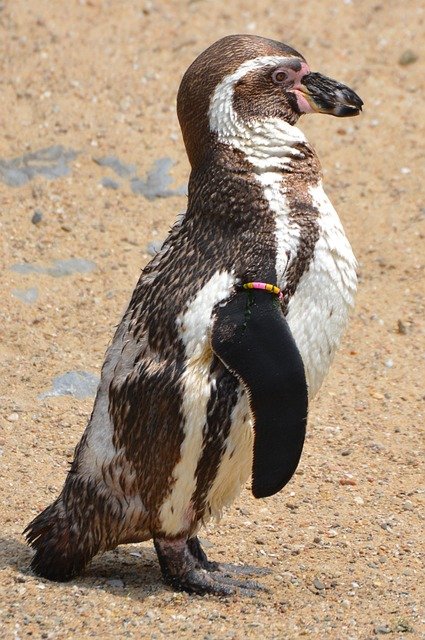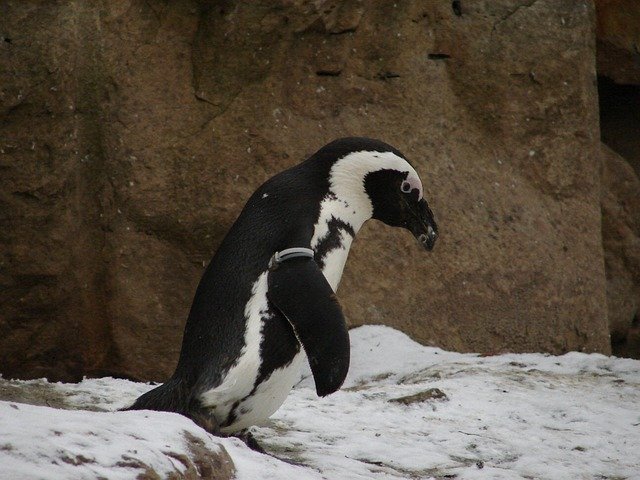**Topic: "The Social Lives of Penguins: Exploring Their Unique Communication and Social Structure"** In

The Social Lives of Penguins: Exploring Their Unique Communication and Social Structure
Penguins, often celebrated for their charming waddles and tuxedo-like appearance, are fascinating creatures that exhibit complex social behaviors and communication methods. These flightless birds, primarily found in the Southern Hemisphere, particularly in Antarctica, have developed a rich social structure that is integral to their survival and breeding success. Let’s dive into the unique social lives of penguins and discover how they communicate and interact within their colonies.
Social Structure
Colonies and Social Bonds
Penguins are highly social animals that typically live in large colonies, sometimes numbering in the thousands. These colonies provide safety in numbers, making it easier to fend off predators and share resources. Within these colonies, penguins form strong social bonds that can last for years.
Mating Pairs: Many species of penguins are monogamous for the breeding season, with some even forming long-term pair bonds that can last across multiple seasons. These bonds are often reinforced through mutual preening and vocalizations.
Family Units: After mating, penguins collaborate in raising their young. Parents take turns incubating eggs and feeding chicks, showcasing a cooperative parenting strategy that strengthens their familial ties.
Communication
Vocalizations
Penguins are known for their diverse range of vocalizations, which they use to communicate with one another. Each species has its own unique calls, and even individual penguins can have distinct vocal signatures that help them identify mates and chicks in the crowded colony.
Courtship Calls: During mating season, males often perform elaborate calls to attract females. These vocal displays can convey strength and health, making them crucial for successful mating.
Chick Communication: Chicks also develop their own vocalizations, which help them signal their parents when they are hungry or in distress. Parents can recognize their chick's call among thousands of others, showcasing the importance of sound in their social structure.
Body Language
In addition to vocalizations, penguins utilize body language to communicate. This includes:
Posture and Movement: Penguins may display specific postures to convey aggression or submission, particularly during territorial disputes.
Physical Touch: Preening and physical contact among mates and family members play a significant role in reinforcing social bonds and maintaining group cohesion.
The Importance of Social Interaction
The social lives of penguins are not just for show; they play a critical role in their survival. Social interaction helps:
Enhance Cooperation: Working together in large groups allows penguins to better protect themselves from predators and increases the efficiency of foraging.
Facilitate Learning: Young penguins learn essential survival skills by observing and interacting with their parents and other adults in the colony.
Strengthen Resilience: Social bonds can help penguins cope with environmental stresses, such as harsh weather conditions or food scarcity.
Conclusion
The social lives of penguins are a testament to the complexity of animal behavior. Their unique communication methods and social structures not only ensure their survival but also enrich their lives within the colony. As we continue to study these incredible birds, we gain a deeper appreciation for the intricate social dynamics that shape their world. Understanding penguin social behavior not only informs conservation efforts but also highlights the importance of social structures in the animal kingdom at large.
Whether you are a seasoned researcher or simply a penguin enthusiast, there is always more to learn about these captivating creatures. Let’s continue to explore and celebrate the social lives of penguins! 🐧✨
